One impact of climate change is that the number and severity of climate-related disasters is on the rise.
With the warming of the planet,several factors combine to make extreme weather more common. Higher temperatures are more likely to produce heat waves and drought conditions, which increases the likelihood of wildfires. Warmer air can hold more water vapor, which leads to wetter storms, and with them, more flooding. Increased heat and evaporation have also combined to make tropical cyclones more common and more severe in recent years.
The financial consequences of these trends are enormous. Loss of life, property damage, infrastructure failures, and business interruptions are some of the widely-felt direct consequences when more intense natural disasters occur. In the U.S., the costs associated with so-called billion-dollar weather and climate disaster events—those in which total damages exceeded $1 billion in today’s dollars—have grown sharply over the last decade, from a five-year annual average of $29.2 billion in 2010 to $121.4 billion in 2020.
Apart from direct damages, even the threat of weather disasters can have financial impacts. Property values in vulnerable areas may shift downward as severe weather disasters become more likely. Insurers can charge higher rates or make coverage harder to obtain for properties that could be at risk.And property owners may find themselves paying a premium for structures that are resistant to weather-related damage. For example, due to increasing numbers of wildfires in California, building codes in fire prone areas now require the use of certain fire-resistant materials, and fire insurance rates have risen to unaffordable levels for many homeowners.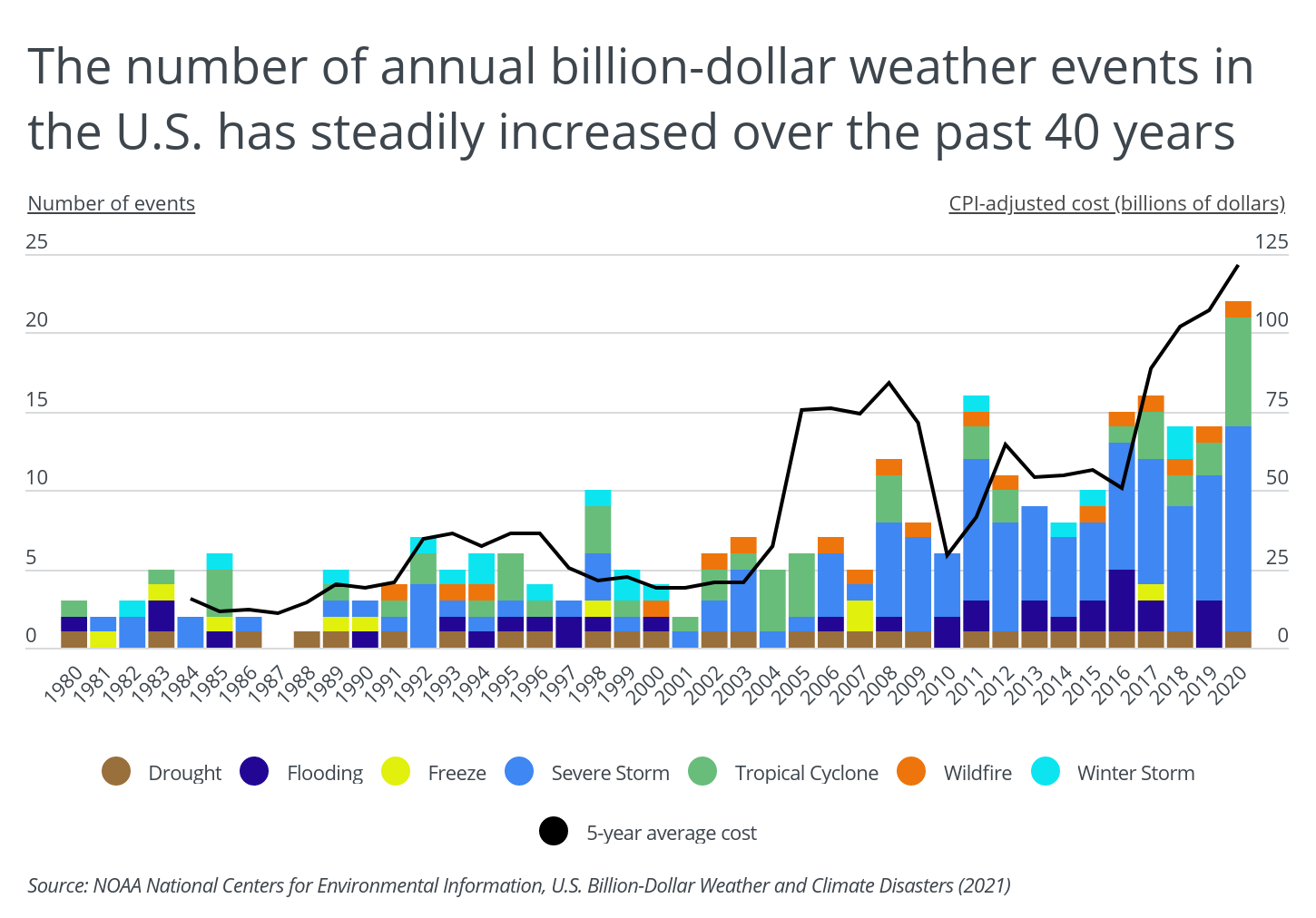
Recent data suggests that these concerns will only continue. The year 2020 set a record with 22 weather events causing at least $1 billion in economic damages, which was the sixth consecutive year with 10 or more such billion-dollar events. And the increase in climate-related disasters is not limited to any one type. Tropical cyclones and severe storms tend to produce more billion-dollar disasters than other types, but over the last five years, the U.S. has also seen freezes, winter storms, wildfires, droughts, and flooding events cross the billion-dollar threshold. In 2020 alone, the U.S. experienced a record-setting Atlantic hurricane season, massive wildfires throughout the West, and hurricane-strength severe storms in the Midwest.
RELATED
How much does it cost to install carpet? How about the cost to install tile? Get all your home improvement questions answered with Porch.
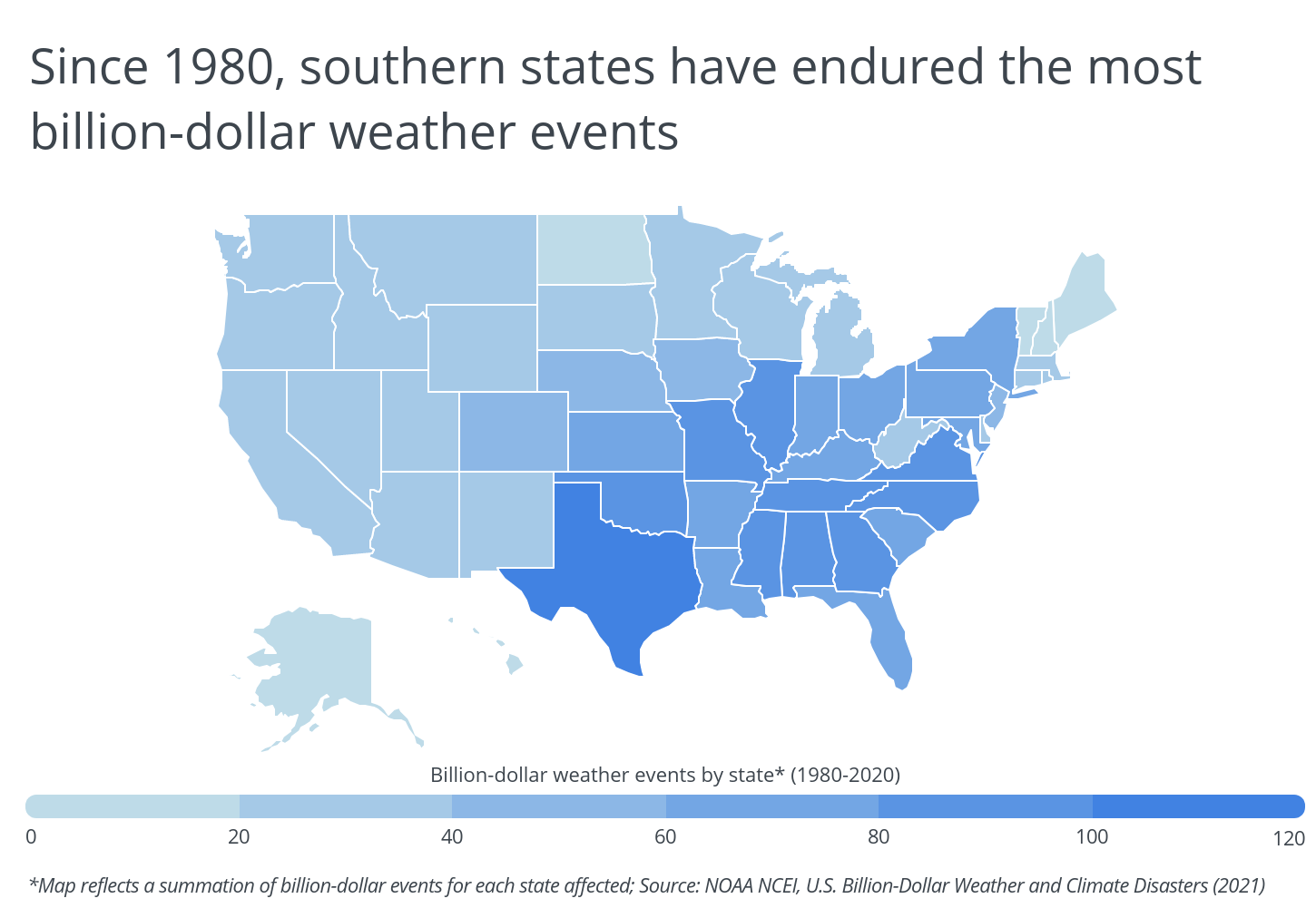
The variety of damaging weather events means that it will be difficult for any region of the country to avoid the impacts of climate disasters, but some states will be more susceptible than others. In particular, the South has experienced more billion-dollar disasters since 1980 than other parts of the country. Texas alone was impacted by 124 such events over the past 31 years. With shorelines on the Gulf of Mexico and the Atlantic Ocean, many of these Southern states are more likely to experience the worst effects of tropical cyclones, while warmer temperatures bring more precipitation and severe storms to the region in general.
Of the most expensive climate disasters in U.S. history, a majority hit Southern states the hardest. To find the worst disasters, researchers analyzed data from NOAA’s National Centers for Environmental Information and ranked events based on their estimated cost in 2020 dollars.
Here is the list of the worst climate disasters in U.S. history.
The Worst Climate Disasters in U.S. History
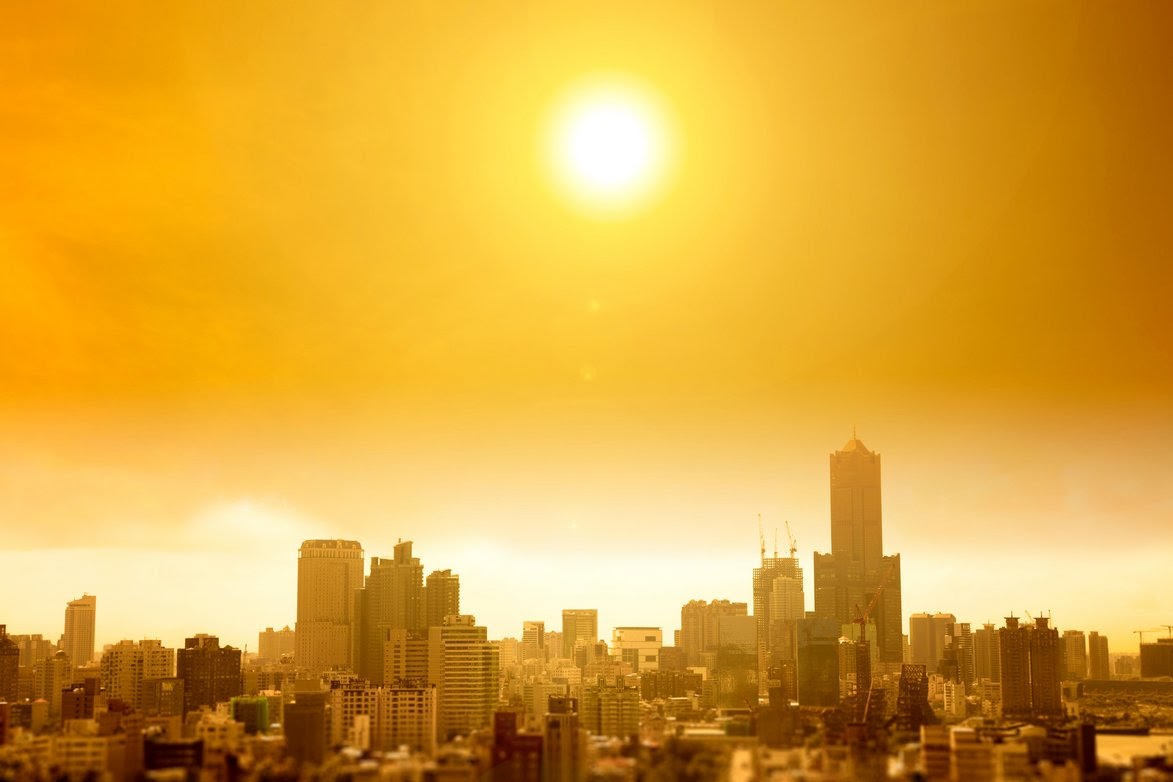
Photo Credit: Alamy Stock Photo
10. U.S. Drought/Heatwave
- Date: 2012
- Estimated cost (2020 dollars): $34.5 billion
- Estimated cost (actual dollars): $30.0 billion
- Number of deaths: 123
- Most impacted area: Midwest and West
High temperatures and low moisture brought on the most severe drought the U.S. had seen in decades during the summer of 2012. Drought conditions and more than two months of heat waves were directly responsible for more than 100 deaths and billions in economic losses due to failed harvests for crops like corn and soybeans.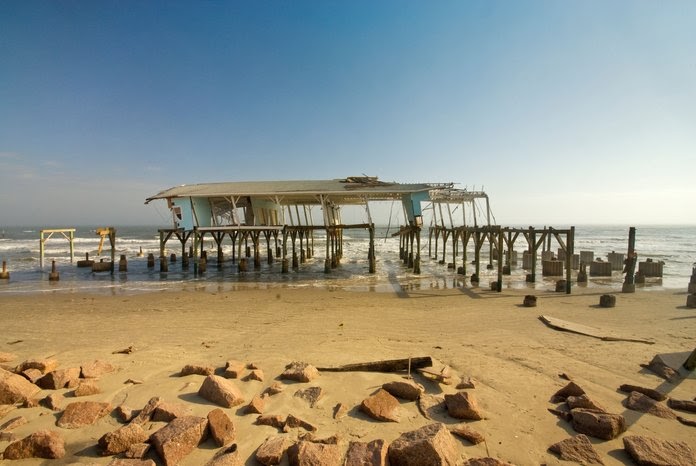
Photo Credit: Alamy Stock Photo
9. Hurricane Ike
- Date: September 2008
- Estimated cost (2020 dollars): $36.9 billion
- Estimated cost (actual dollars): $30.0 billion
- Number of deaths: 112
- Most impacted area: Texas
After hitting Cuba as a Category 4 storm several days earlier, Hurricane Ike made landfall as a Category 2 storm near Galveston, Texas on September 13, 2008. Ike damaged or destroyed more than 75 percent of the homes in Galveston and brought widespread damage elsewhere in eastern Texas. Damage totaled $30 billion.
TRENDING
Thinking of pouring concrete to upgrade your driveway? Use our concrete slab cost calculator to learn what it would cost.
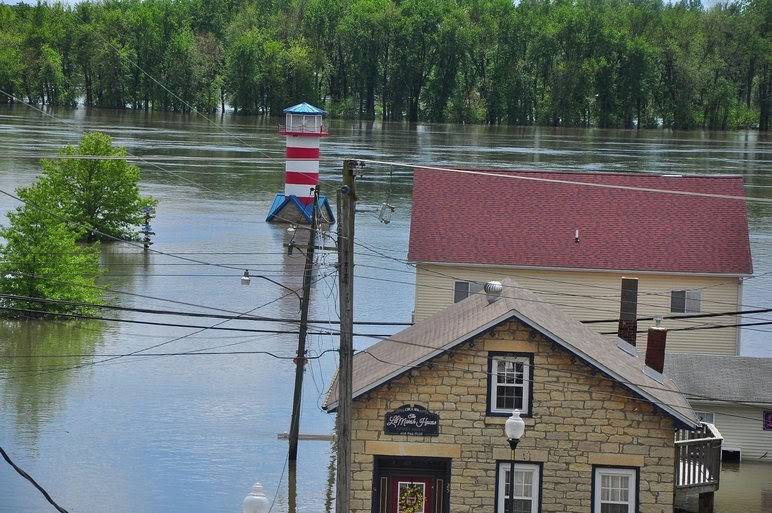
Photo Credit: Alamy Stock Photo
8. Midwest Flooding
- Date: Summer 1993
- Estimated cost (2020 dollars): $38.1 billion
- Estimated cost (actual dollars): $21.0 billion
- Number of deaths: 48
- Most impacted area: Midwest
The Midwest experienced unusually high precipitation from rain and snow in 1992 and the first half of 1993. As a result, parts of the Upper Mississippi River were at flood levels for almost 200 days in some locations, while the Missouri River basin experienced flood levels for nearly 100 days. The ongoing floods destroyed tens of thousands of homes and inundated millions of acres of farmland.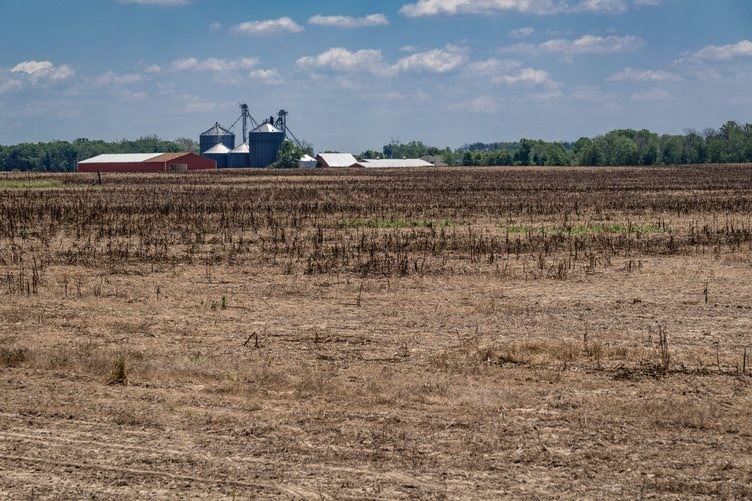
Photo Credit: Alamy Stock Photo
7. U.S. Drought/Heatwave
- Date: Summer 1988
- Estimated cost (2020 dollars): $45.0 billion
- Estimated cost (actual dollars): $20.0 billion
- Number of deaths: 454
- Most impacted area: Midwest, West, Southeast
As the worst drought the U.S. had seen since the Dust Bowl of the 1930s, the drought of 1988 covered nearly half of the United States at its peak, and continued as late as 1990 in some locations. The persistent hot, dry conditions led to billions of dollars in losses from crops and livestock, along with wildfires in Yellowstone National Park that burned nearly 800,000 acres.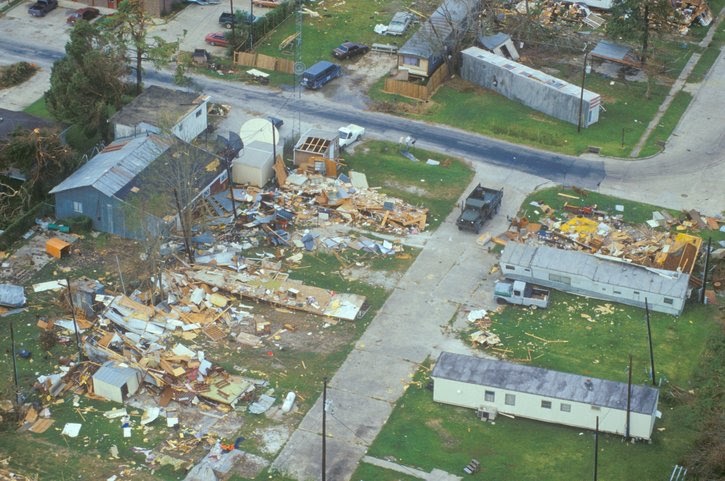
Photo Credit: Alamy Stock Photo
6. Hurricane Andrew
- Date: August 1992
- Estimated cost (2020 dollars): $50.8 billion
- Estimated cost (actual dollars): $27.0 billion
- Number of deaths: 61
- Most impacted area: Florida and Louisiana
The 1992 Atlantic hurricane season’s first major storm was one of the most powerful on record. Andrew is only one of four hurricanes ever to make landfall in the U.S. as a Category 5 storm, with winds reaching nearly 174 miles per hour. The storm ripped through southern Florida before reemerging in the Gulf of Mexico and making a second landfall on the Louisiana coast several days later, causing more than $27 billion in damage.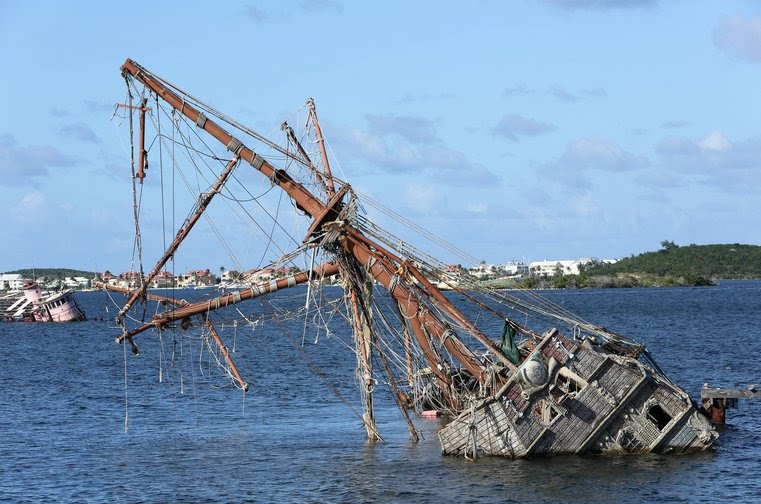
Photo Credit: Alamy Stock Photo
5. Hurricane Irma
- Date: September 2017
- Estimated cost (2020 dollars): $52.5 billion
- Estimated cost (actual dollars): $50.0 billion
- Number of deaths: 97
- Most impacted area: Florida and South Carolina
The year 2017’s hyperactive Atlantic hurricane season remains the costliest on record, and Hurricane Irma is one of the major reasons why. After making landfall as a Category 4, Irma carved a path northward through the heart of Florida and into the southeastern U.S., bringing coastal flooding to Georgia and South Carolina as well. The storm’s damage totaled $50 billion.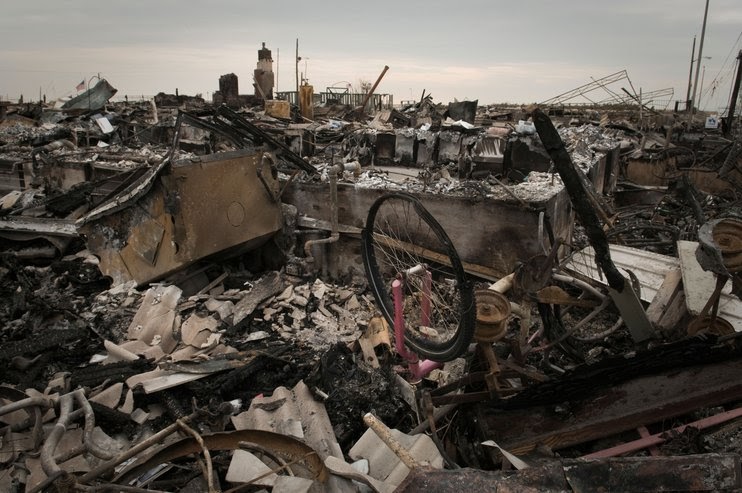
Photo Credit: Alamy Stock Photo
4. Hurricane Sandy
- Date: October 2012
- Estimated cost (2020 dollars): $74.8 billion
- Estimated cost (actual dollars): $65.0 billion
- Number of deaths: 159
- Most impacted area: New York and New Jersey
At more than 900 miles in diameter, Hurricane (or Superstorm) Sandy was felt in 24 states, but Sandy is most remembered for its damage to the Mid-Atlantic region. After following a path north along the Atlantic coast, Sandy made an unusual westward turn into New York and New Jersey before merging with another storm system. Flooding and storm damage in New York City and other major East Coast metros contributed to Sandy’s $65 billion in damage.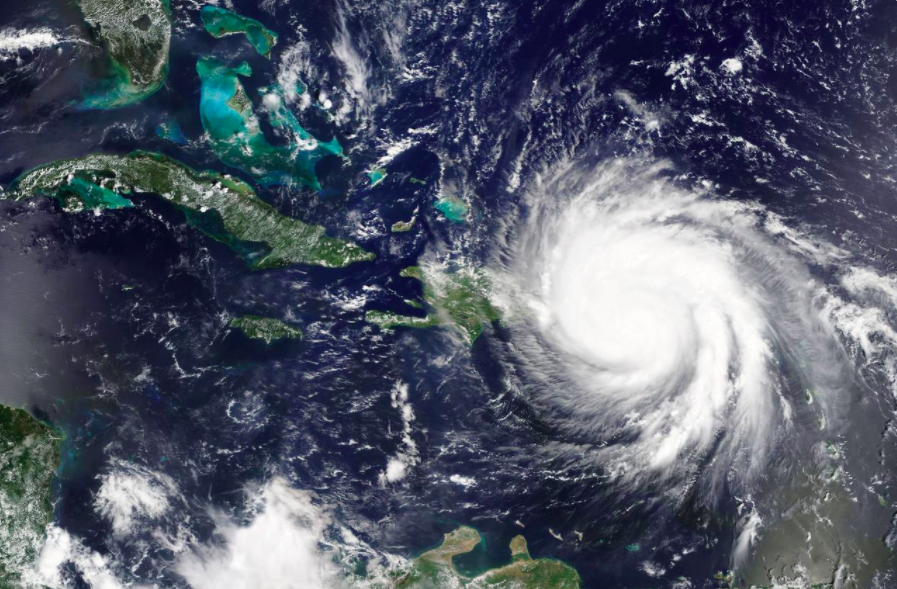
Photo Credit: Alamy Stock Photo
3. Hurricane Maria
- Date: September 2017
- Estimated cost (2020 dollars): $94.5 billion
- Estimated cost (actual dollars): $90.0 billion
- Number of deaths: 2,981
- Most impacted area: Puerto Rico and the U.S. Virgin Islands
Another one of 2017’s major hurricanes, Hurricane Maria brought catastrophic damage to Puerto Rico and the U.S. Virgin Islands. With the region still suffering from the effects of Hurricane Irma from two weeks prior, Maria made landfall in Puerto Rico as a powerful Category 4 storm. Storm surge, heavy rains, and high winds leveled neighborhoods and destroyed much of Puerto Rico’s power grid, causing $90 billion in damage and nearly 3,000 deaths.
RELATED
You can find laminate for your home floor in a range of wood types like hickory, oak, walnut, beech, and more. Discover what it would cost to install laminate flooring in your home with Porch.
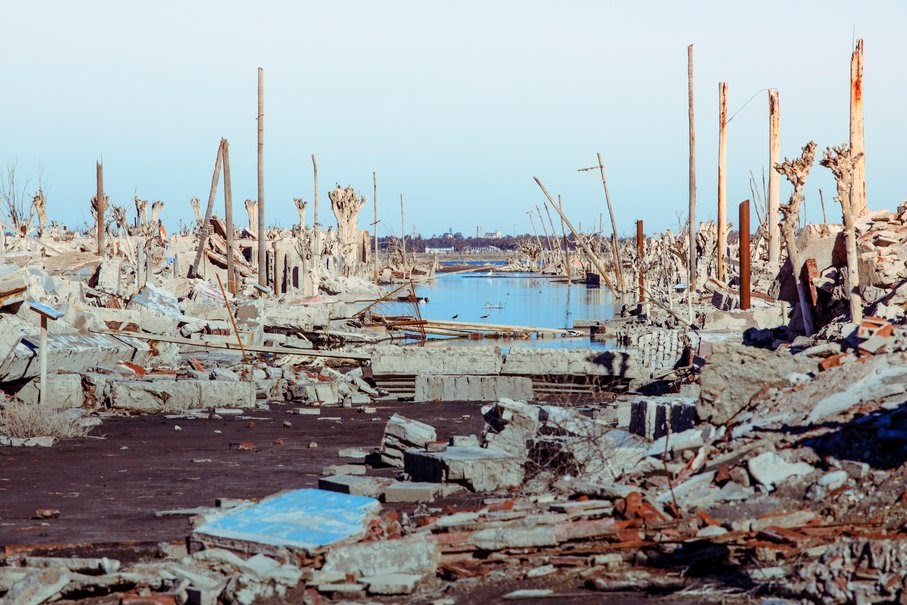
Photo Credit: Alamy Stock Photo
2. Hurricane Harvey
- Date: August 2017
- Estimated cost (2020 dollars): $131.3 billion
- Estimated cost (actual dollars): $125.0 billion
- Number of deaths: 89
- Most impacted area: Texas
The costliest of the storms from the catastrophic 2017 Atlantic hurricane season, Hurricane Harvey also holds the distinction of being the wettest tropical cyclone on record. Harvey made landfall in Texas as a Category 4 hurricane, but it was the storm’s prolonged stall over Houston and the Gulf Coast that made Harvey so expensive. Over several days, Harvey dropped more than five feet of rain in some locations, causing floods that produced $125 billion in damage.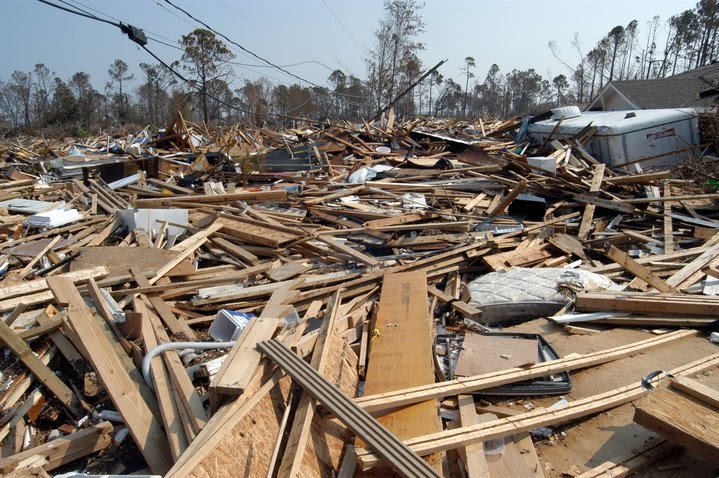
Photo Credit: Alamy Stock Photo
1. Hurricane Katrina
- Date: August 2005
- Estimated cost (2020 dollars): $170.0 billion
- Estimated cost (actual dollars): $125.0 billion
- Number of deaths: 1,833
- Most impacted area: Louisiana, Mississippi, Alabama
Hurricane Katrina is perhaps remembered more for the infamously mismanaged government response than for the damage of the storm itself, but Katrina brought widespread devastation to the Gulf Coast. After reaching Category 5 strength in the Gulf of Mexico, Katrina eventually made landfall in Louisiana as a Category 3. Storm surge and heavy rains led to catastrophic failures in New Orleans’ flood protection infrastructure, leaving most of the city underwater for weeks. At $170 billion in 2020 dollars, Katrina remains the most expensive climate disaster in U.S. history.
Methodology & Detailed Findings
To determine which climate disasters were the worst in U.S. history, researchers analyzed data from the NOAA National Centers for Environmental Information’s (NCEI) U.S. Billion-Dollar Weather and Climate Disasters (2021) report. Weather events were ranked according to their CPI-adjusted estimated cost (adjusted to 2020 dollars).



